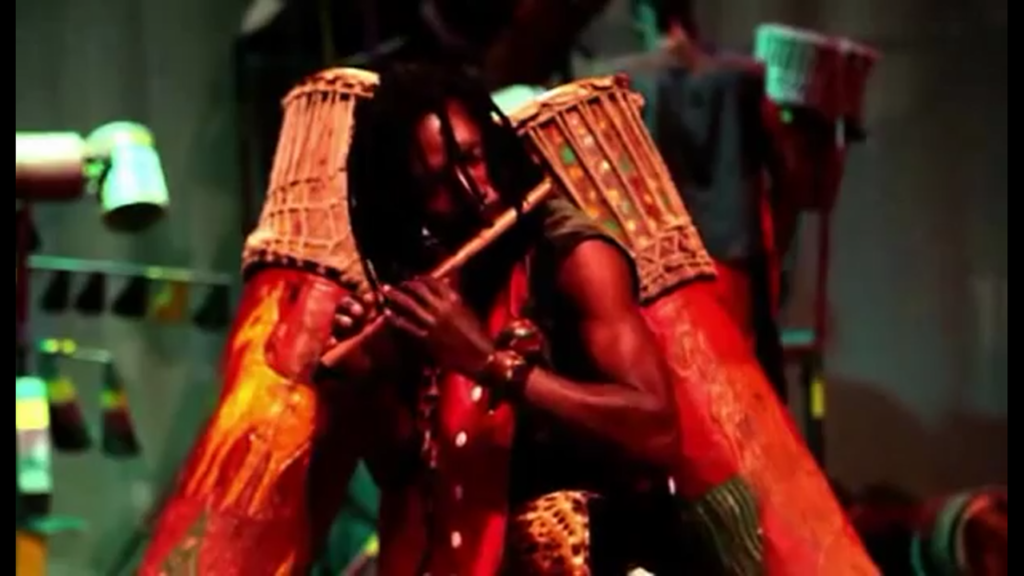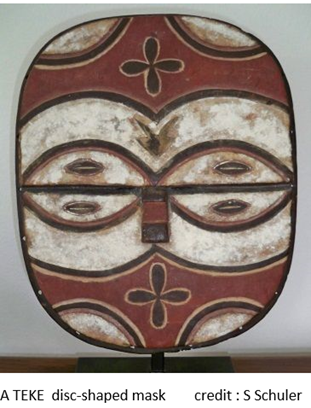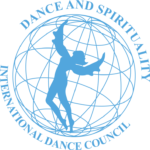CONGO BRAZAVILLE

Culture and Spirituality
Half of Congolese people follow traditional beliefs, and there are 15 principle Bantu groups and more than 70 subgroups. The other half are mostly Christians. The region was dominated by Bantu-speaking tribes, who built trade links leading into the Congo River basin.
The numerous ethnic groups and various political structures express a rich cultural diversity and forms of art. Among the best known are Vili nail fetishes, Beembe statuettes that are full of expression; the masks of the Punu and Kwele, Kota reliquaries, Teke fetishes, and cemeteries with monumental tombs are examples of this variety..
Music and dance in the Congo are omnipresent, mixed, community based, sacred or festive. Births and funerals are celebrated with music and dancing. Each region has its own dance (ex the dance on stilts of Niari). But there are two main influences: the traditional kongo dance (physical pirouette of the pelvis and lower body) and the m’bochis dance (movements of the shoulders and upper body) while the téké dances combine both. The Teke people, or Bateke also known as the Tyo or Tio, are a Bantu Central African ethnic group that speak the Teke languages.
KONGO RELIGION
KiKongo: Bukongo is a broad set of traditional beliefs from the KiKongo speaking peoples.The faith bases itself in the idea of a main creator god named Nzambi Mpungu who created the world and the spirits who inhabit it.
Priestly doctors known as Nganga try to heal followers minds and bodies. Mediatory roles likebeing a Nganga require legitimization from the other world of spirits and ancestors
The universe is split between two worlds, one of the living (nza yayi) and a world of the dead (nsi a bafwa), these worlds are split by a body of water. Humans continually pass through these worlds in cycle.
In general, according to the Kongo cosmogram, the creator god resides at the top of the world, the spirits living below and water existing in the middle where the two worlds meet.
Spirits as well as dead ancestors could be communed with and those with authority got special rights to such communing. The priestly Nganga can interact with such spirits and ancestors. They would use spiritual cures to battle black magic in the world, sometimes using Nkisi.


Traditions and Dances

BANGOUNZA cult
Pray, to be protected from bad luck and delivered from evil spirits, to be treated by healers and traditional natural medicine, to lavish praise…
An “Initiate” Priest, Spiritual Father, accompanied by his “shepherds”, leads worship for the community, one to three times a week
Everyone can come and receive help.
Practitioners can- in their own way- vary the rhythms and steps of their repertoire during worship. Inherited from ancient times and to this day, the BANGOUNZA cult is practiced in Congo Brazzaville, as well as in various countries and cities of the world, at the discretion of the immigrant populations.
Samples in traditional Style
by Chiberto Massengo
MOBONDA Dances
(Region of Pool, south Congo)
1 Excerpt workshop Traditional -contemporary village
2 Excerpt solo Variations Traditional -contemporary
TAMBOURS CONGO
1 Rythmes WARA – Festival 2018 – Excerpt
2 Rythmes NZOBI -Trio
TIMBONGUELA (whirlwind)
afro-contemporary 2018
by Compagnie NGOMA ZA KONGO
Captation Institut Français Brazza
Excerpts
- Kotolo-Boitou, the call of nature and the dance of the pirogue,
- Nsaka, joyful dialogues and games , with the sounds of Lokolés, flutes and bells,
- Nzobi quick and festive , dance of protection
Acknowledgements to Chiberto Massengo CID Member who curated this page.
